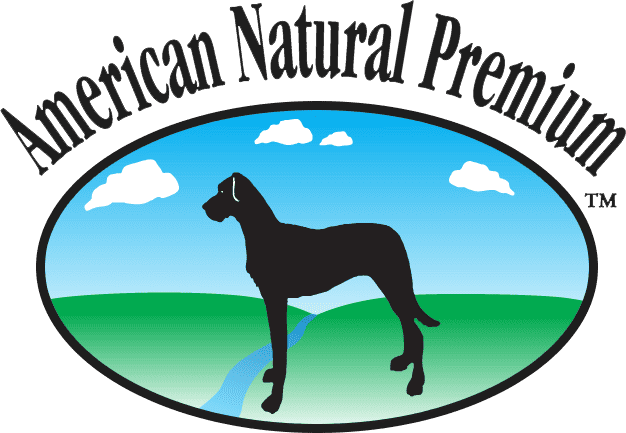Panting is one of the most common behaviors dog owners observe in their pets, yet it can be one of the most confusing to interpret. While panting is completely normal in many situations, excessive or unusual panting can signal underlying health issues that require attention. Understanding when panting is normal versus when it might indicate a problem is crucial for every dog owner.
Normal Reasons for Dog Panting
Temperature Regulation: The most common reason dogs pant is to cool themselves down. Unlike humans, dogs don’t have sweat glands throughout their bodies except in their paw pads. Instead, they rely primarily on panting to regulate their body temperature. When dogs pant, they’re essentially using evaporation from their tongue, mouth, and respiratory tract to cool their blood and lower their body temperature.
Exercise and Physical Activity: After running, playing, or any form of physical exertion, panting is completely normal. Active dogs may continue panting for 10-30 minutes after exercise as their bodies return to normal temperature and heart rate. The intensity and duration of panting should correspond to the level of activity your dog just completed.
Excitement and Emotional States: Dogs often pant when they’re excited, happy, or anticipating something pleasant like mealtime or a walk. This type of panting is usually accompanied by other signs of excitement such as tail wagging, jumping, or restless behavior.
Stress and Anxiety: While not necessarily problematic, dogs may pant when they’re nervous, stressed, or in unfamiliar situations. This could occur during thunderstorms, fireworks, vet visits, or when meeting new people or animals.
Environmental Factors That Increase Panting
Hot Weather: High temperatures naturally increase panting as dogs work harder to maintain normal body temperature. Humidity makes this process less efficient, as the air is already saturated with moisture, reducing the cooling effect of evaporation.
Poor Air Circulation: Stuffy, poorly ventilated spaces make temperature regulation more difficult, leading to increased panting even at moderate temperatures.
Direct Sunlight: Dogs exposed to direct sunlight, especially those with dark coats, may pant more as they absorb heat from the sun’s rays.
Altitude Changes: Higher altitudes have thinner air with less oxygen, which can cause increased panting as dogs work harder to get adequate oxygen.
Warning Signs: When Panting Becomes Concerning
While normal panting is rhythmic and purposeful, concerning panting often has different characteristics:
Excessive Duration: Panting that continues for hours without an obvious cause, or panting that doesn’t subside after your dog has cooled down from exercise or excitement.
Unusual Timing: Panting that occurs at rest, during cool weather, or at night when your dog should be relaxed can indicate underlying issues.
Changes in Panting Pattern: If your dog’s normal panting pattern changes significantly – becoming much more frequent, intense, or shallow – this warrants attention.
Accompanying Symptoms: Panting combined with other symptoms like lethargy, loss of appetite, vomiting, diarrhea, or behavioral changes should be evaluated by a veterinarian.
Medical Conditions That Cause Excessive Panting
Heart Problems: Heart disease can cause panting as the heart struggles to pump blood efficiently, leading to poor oxygenation and increased respiratory effort.
Respiratory Issues: Conditions affecting the lungs, trachea, or other parts of the respiratory system can cause labored breathing and excessive panting.
Pain: Dogs often pant when they’re in pain, even if they don’t show other obvious signs of discomfort. This can be due to arthritis, injuries, or internal pain.
Heatstroke: This life-threatening condition occurs when a dog’s body temperature rises dangerously high. Signs include excessive panting, drooling, weakness, and potentially collapse.
Medications: Some medications, including steroids like prednisone, can cause increased panting as a side effect.
Obesity: Overweight dogs must work harder to move and regulate their body temperature, often resulting in more frequent and intense panting.
Hormonal Disorders: Conditions like Cushing’s disease or hyperthyroidism can cause excessive panting along with other symptoms.
Age-Related Panting Changes
Senior Dogs: Older dogs may pant more due to decreased cardiovascular efficiency, arthritis pain, or age-related conditions. However, sudden increases in panting in senior dogs should always be evaluated.
Puppies: Young dogs may pant more frequently as they’re still learning to regulate their body temperature effectively and may get overexcited more easily.
When to Seek Veterinary Care
Contact your veterinarian if you notice:
- Sudden onset of excessive panting without obvious cause
- Panting accompanied by blue or pale gums
- Panting with difficulty breathing or wheezing
- Excessive panting combined with lethargy or weakness
- Panting that seems painful or distressed
- Any significant change in your dog’s normal panting patterns
Supporting Your Dog’s Comfort
While determining the cause of excessive panting, you can help keep your dog comfortable:
Provide Fresh Water: Ensure constant access to clean, cool water to prevent dehydration.
Create Cool Environments: Offer shaded areas, air conditioning, or fans to help with temperature regulation.
Limit Exercise: During hot weather or if panting seems excessive, reduce physical activity until the cause is determined.
Monitor Diet: Proper nutrition supports overall health. For dogs with weight-related panting issues, weight management diets may be beneficial under veterinary guidance.
Stress Reduction: If anxiety triggers panting, identify and minimize stressors when possible.
Conclusion
Panting is a normal canine behavior that serves important physiological functions, particularly temperature regulation. However, changes in panting patterns, excessive panting without clear cause, or panting accompanied by other symptoms can indicate underlying health issues. By understanding what’s normal for your individual dog and staying alert to changes, you can ensure that excessive panting is addressed appropriately, keeping your canine companion healthy and comfortable.

